Restoring Esthetics and Function in Complex Implant Rehabilitations & The Future of Dentistry: The Grey Wave
Restoring Esthetics and Function In Complex Implant Rehabilitations
Dr. Nadim Baba Biography
Dr. Baba received his DMD degree from the Université de Montréal in 1996. He completed a Certificate in Advanced Graduate Studies in Prosthodontics and a Master’s degree in Restorative Sciences in Prosthodontics from Boston University School of Dentistry in 1999. Dr. Baba serves as a Professor in the Advanced Education Program in Implant Dentistry at Loma Linda University School of Dentistry, an Adjunct Professor at the University of Texas Health Science Center School of Dentistry in the Comprehensive Dentistry Department, and maintains a part-time private practice in Glendale and Long Beach, CA.
Restoring Esthetics and Function In Complex Implant Rehabilitations-Course Summary
Restoring function and esthetics in complex implant rehabilitations presents significant challenges that require careful consideration of multiple factors for long-term success. The essential components involved in the restoration process, including implant position, prosthetic design, and material choices will be discussed. Emphasis is placed on the importance of proper planning, biomechanics, and occlusion. By analyzing current research and clinical practices, this presentation will provide valuable insights into strategies for improving the success rates of implant rehabilitations, ensuring both functional stability and esthetic satisfaction over time. The importance of a multidisciplinary approach, regular follow-up care, and adaptive treatment protocols will be discussed to address evolving patient needs and mitigate complications, ultimately promoting sustained restoration and function.
Restoring Esthetics and Function In Complex Implant Rehabilitations-Course Objectives
• Discuss the strategies for improving the success rates of implant rehabilitations, ensuring both functional stability and esthetic satisfaction over time
• Review the importance of proper planning, biomechanics and occlusion for a long-term success of a restoration
• Review relevant scientific principles and clinical procedures required to create an ideal esthetic and functional treatment plan
Dr. Pichardo Biography
Dr. Nelson Pichardo is Principal Advisor to national and international organizations. He has spent 24 years advocating for the health and quality of life of underrepresented communities. A veteran in the nonprofit world, Dr. Pichardo has directed innovative landmark projects in partnership and funding from the Federal Departments of Justice, Labor, Education, Housing, and Health (Medicare-Medicaid). Dr. Pichardo has worked with several key nonprofit institutions and foundations in Southern California including The United Way of Greater Los Angeles, The Western Justice Center, Beyond Shelter, Para Los Niños, Volunteers of America, and the California Association of Nonprofits. Prior to consulting, Dr. Pichardo was the Chief of Staff for District 39 of the California Assembly. Dr. Pichardo was instrumental in passing state legislation in the areas of foster care, child abuse, education, the judicial system, business, CalWORKs, financial stability, technology, housing, health, mental health, and environmental justice. A native of Nicaragua, Dr. Pichardo migrated to the United States at age twelve due to a civil war and continual community violence. He was the first of his family to attend college in the United States as a low-income first-generation student of color. He obtained a Master’s in Public Administration to understand the complexities of government and how policy affects communities. Later he obtained a Doctoral Degree in Social Work, from the University of Southern California, with a concentration on solving complex systemic problems through the mastery of the Innovation Design Process. He currently resides in the San Fernando Valley in California with his wife, also a Doctor in Social Work, and their two children. In his time off he enjoys playing and managing an adult baseball team, practicing Kendo, and conducting research.
In this basic overview Dr. Pichardo will conduct a narrative explanation of the Silver Tsunami, his past work on this subject matter with the Federal Department of Health and Human services and the national In-Home Support Service system of care.
Dr. Pichardo then will move into the variables that are currently seen as upcoming challenges within the systems of care in the U.S. as we move into the Silver Tsunami.
There will be focused exploratory conversation on how the Silver Tsunami, demographic shifts, and Geroscience, will affect non-acute care, such as dentistry.
Dr. Pichardo will then field any questions and recommendations.
- Obtain an understanding of the definitions and causes for the Silver Tsunami.
- Gain knowledge about its predicted effect in the systems of care.
- Examine a preliminary view into how it will affect non-acute care services, such as dentistry.

-(1).png?sfvrsn=2bc0f91f_1)
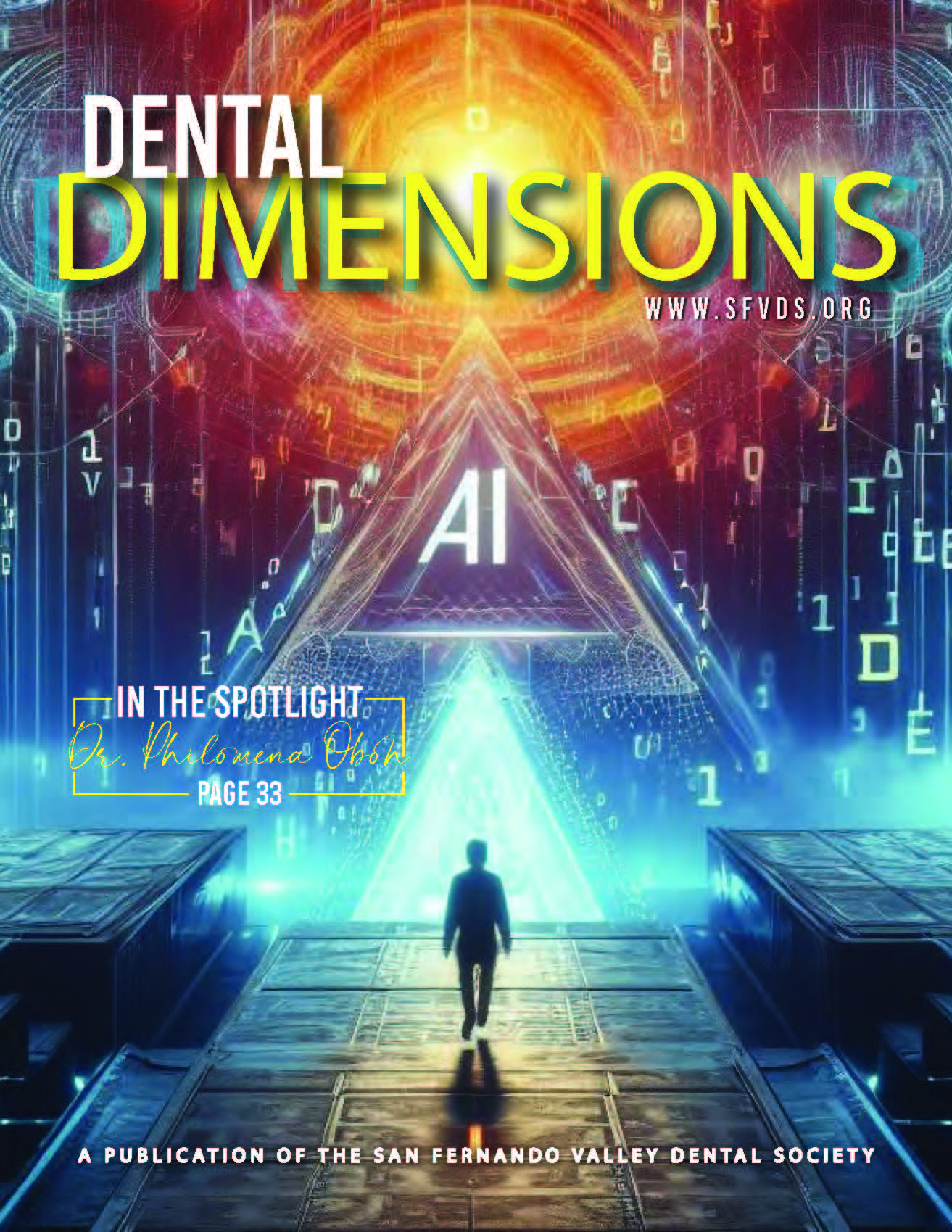

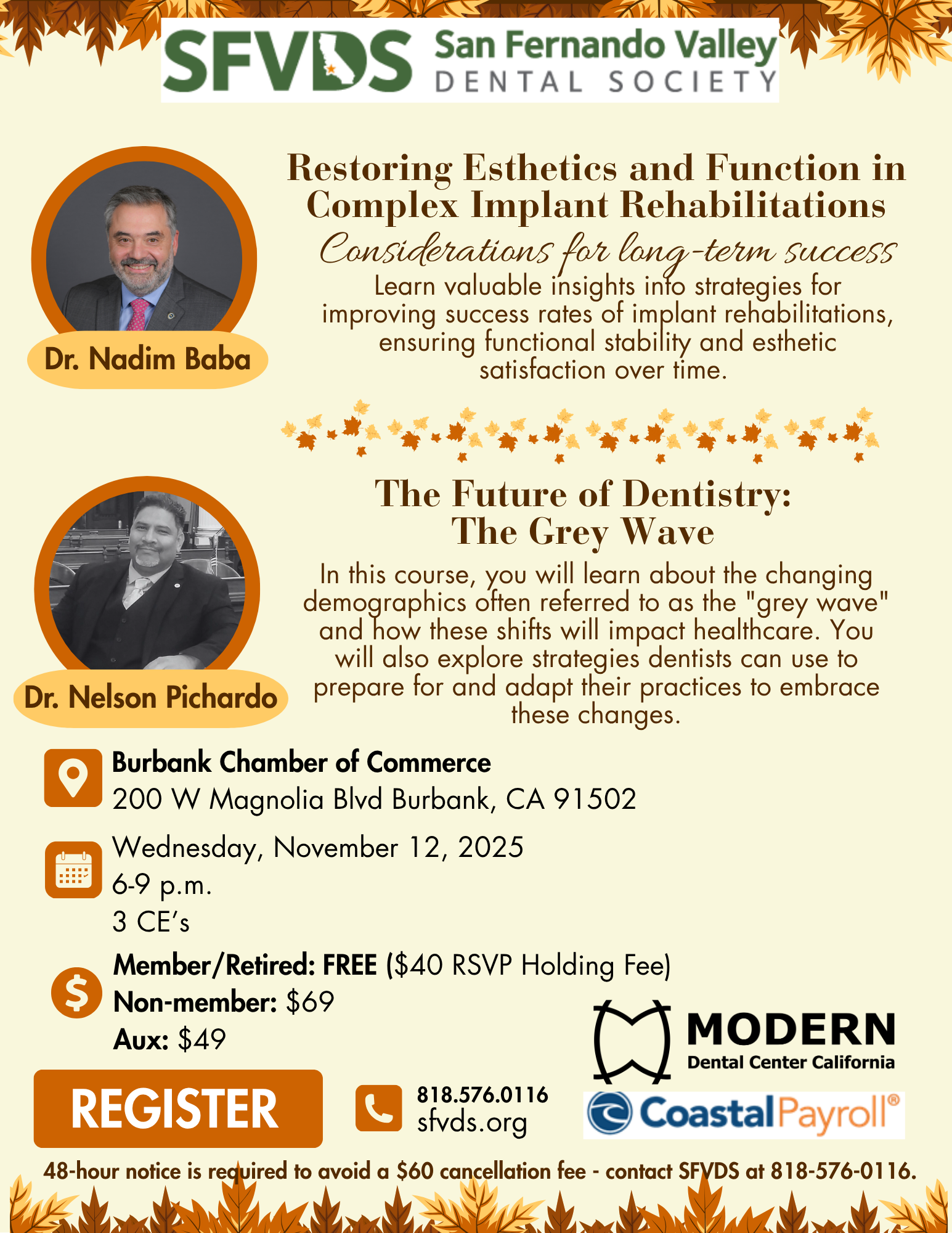
0da08157-7085-4ff4-935b-9d2936e9278f.png?sfvrsn=65feb0fe_1)





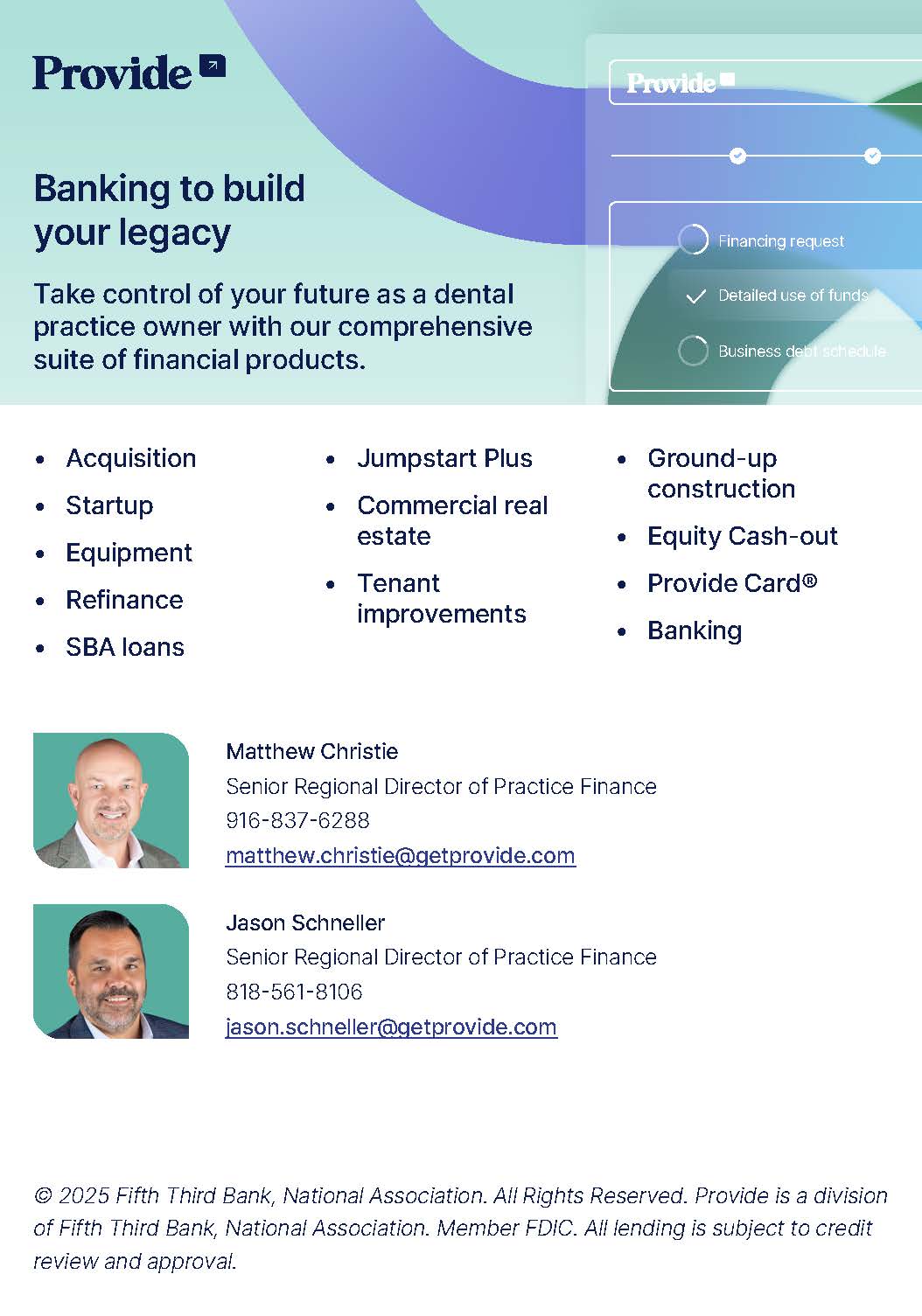

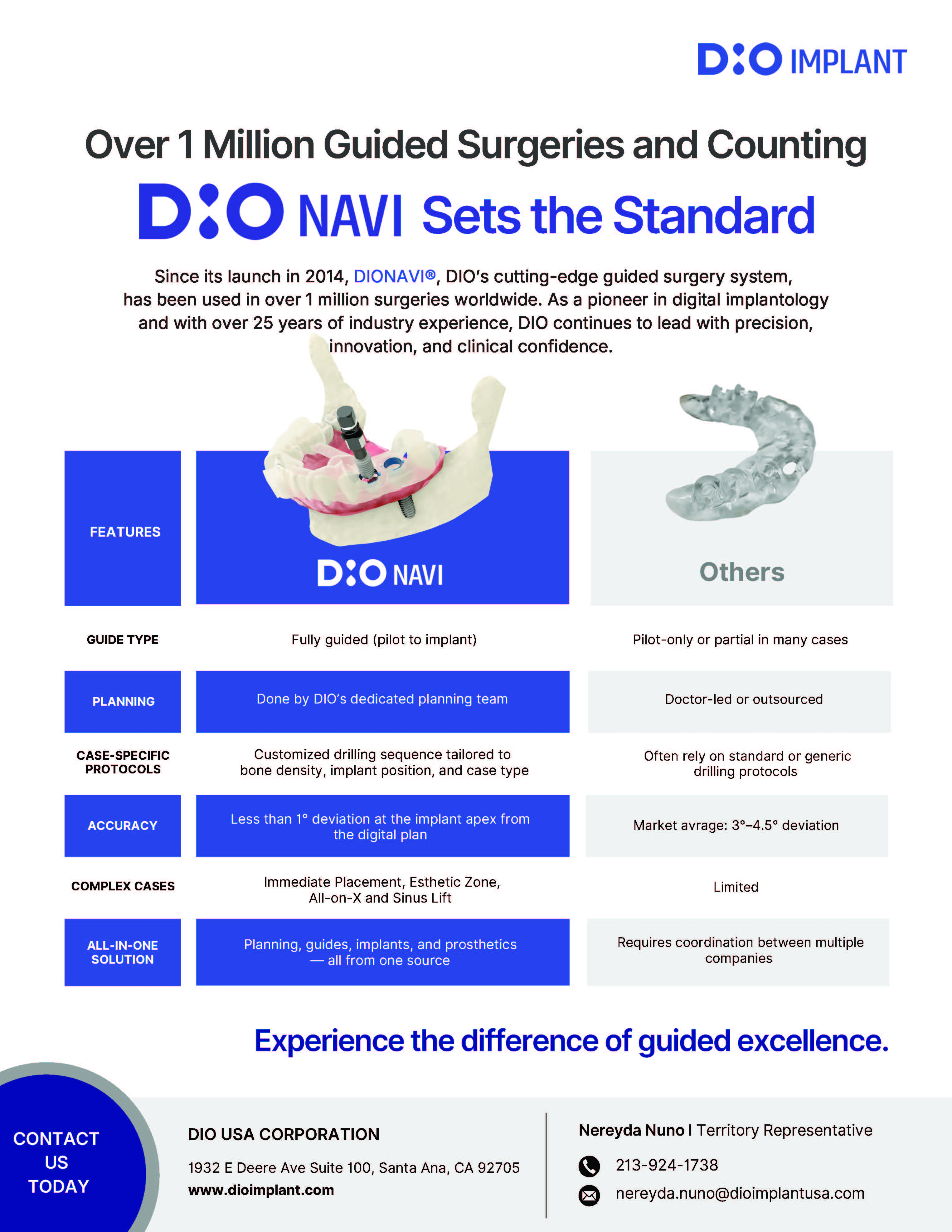




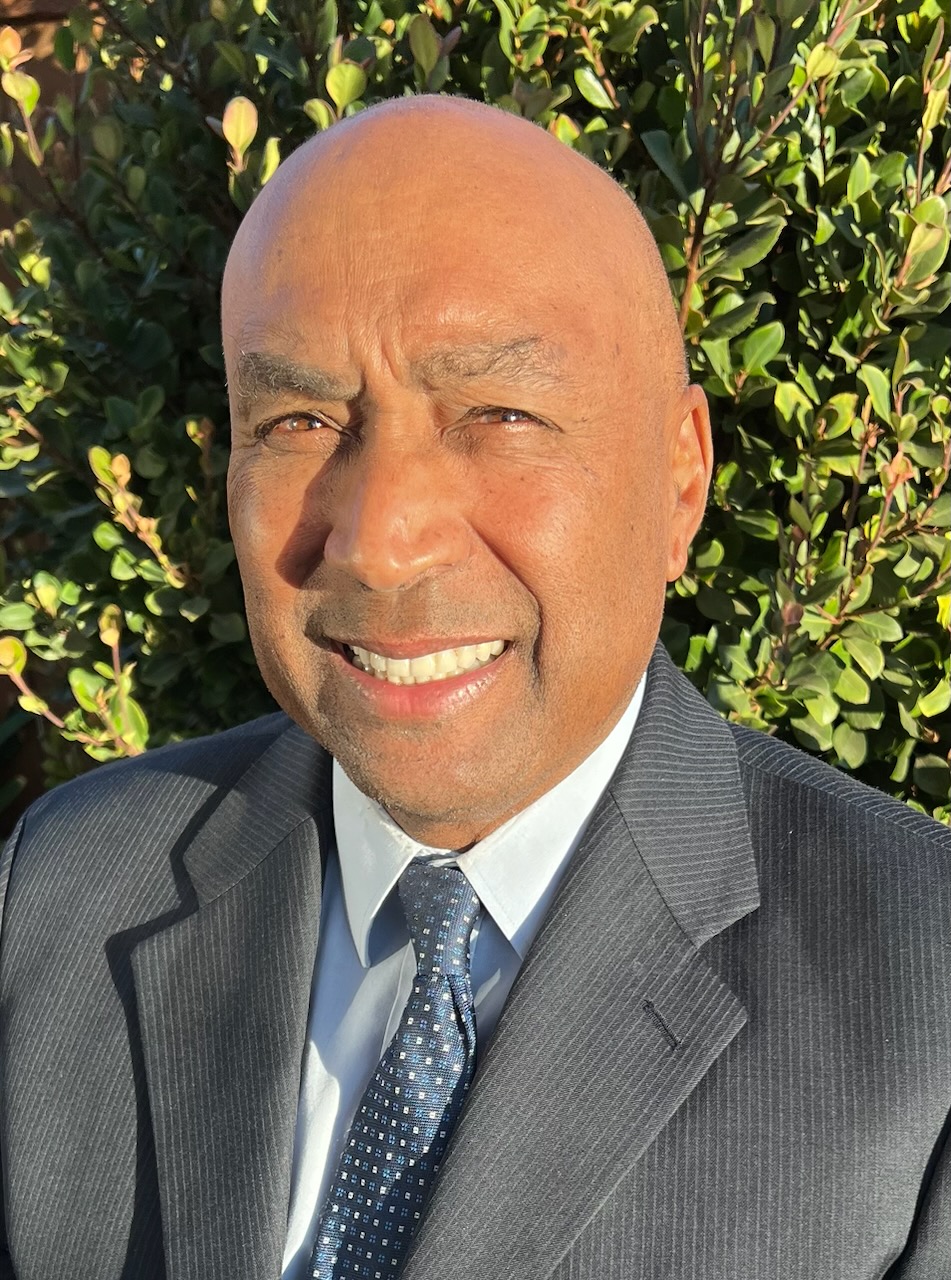
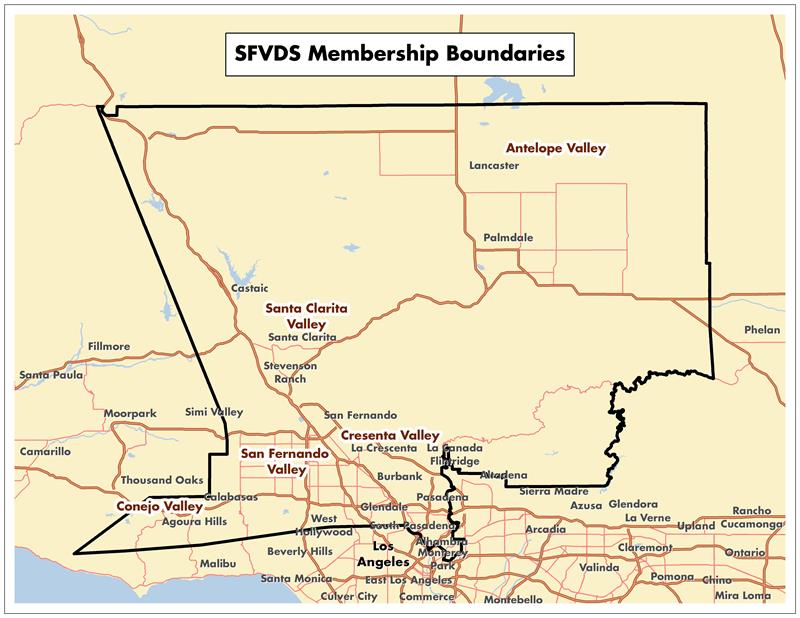
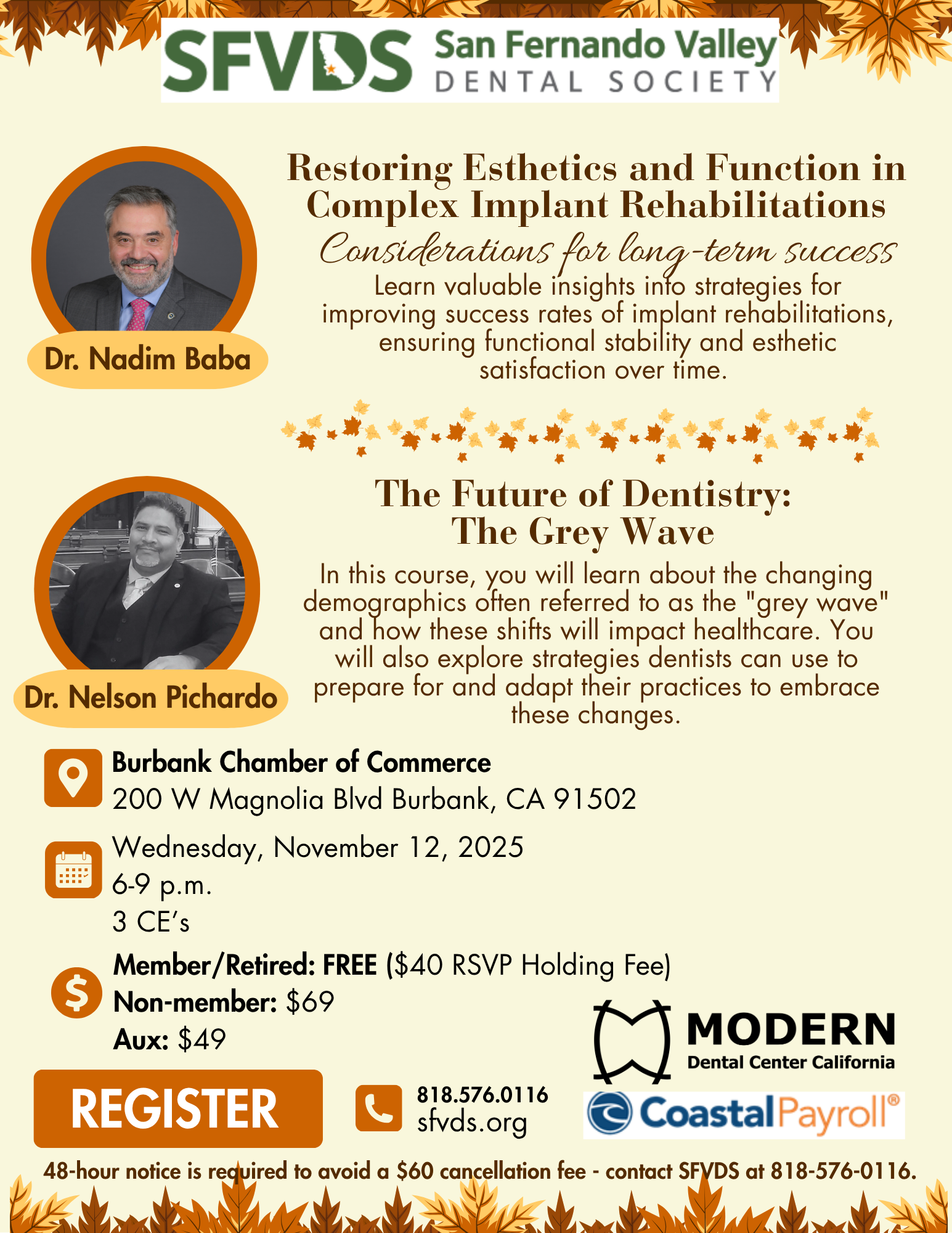

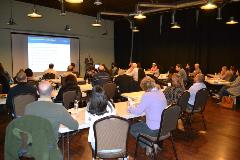




.png?sfvrsn=170e8acf_1)


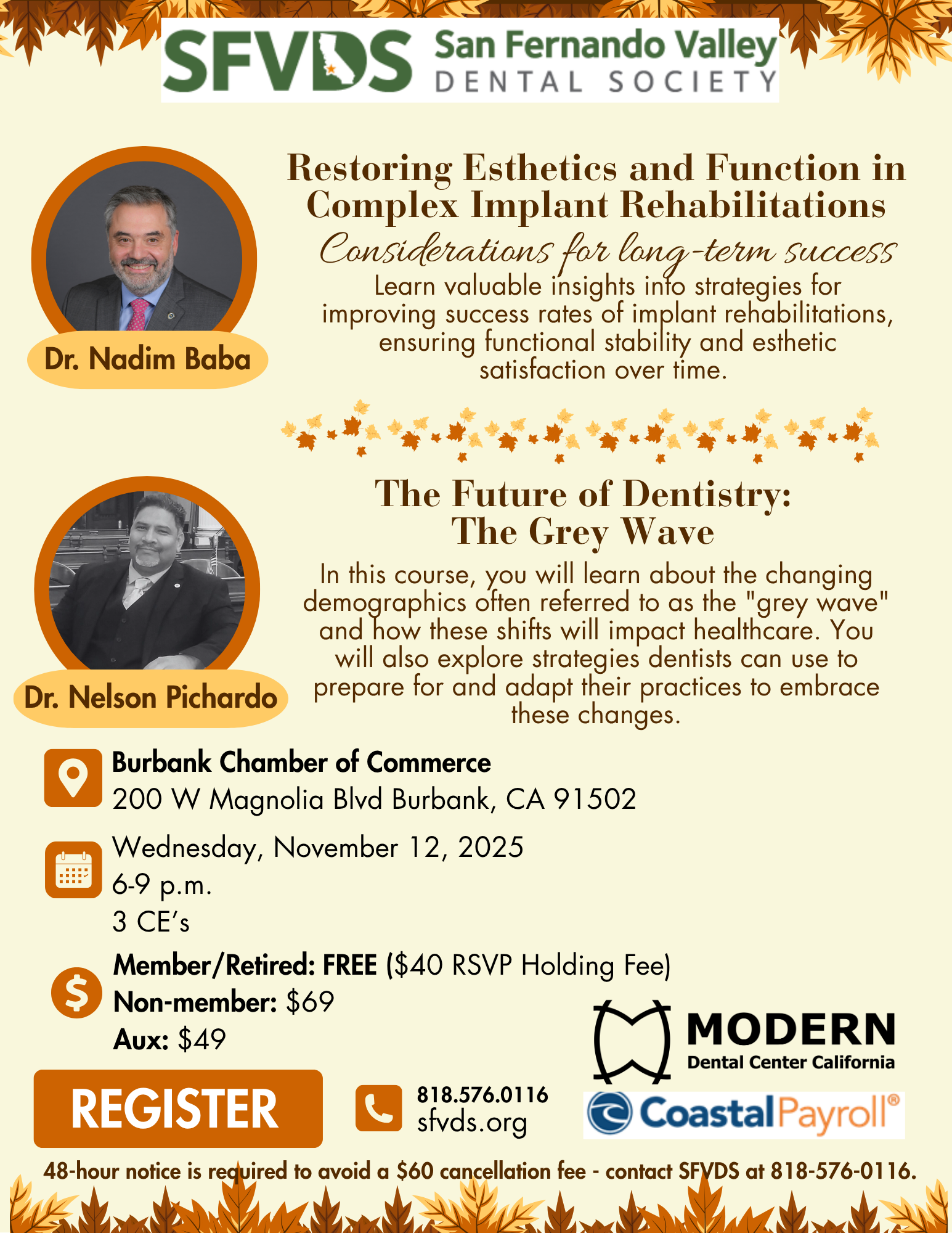
.png?sfvrsn=282e0cca_1)


